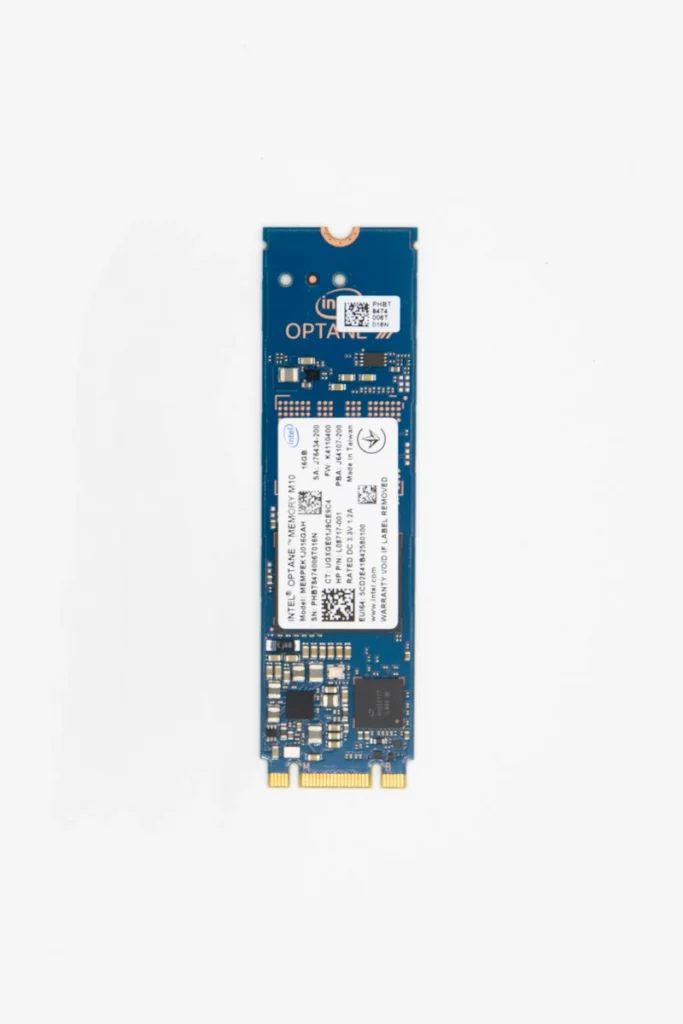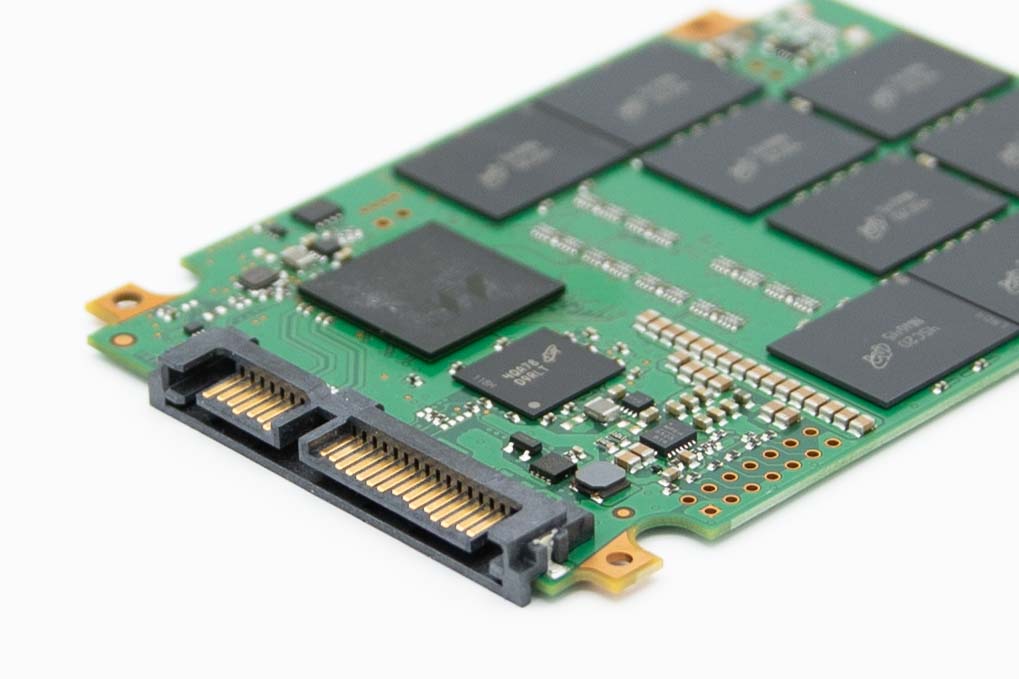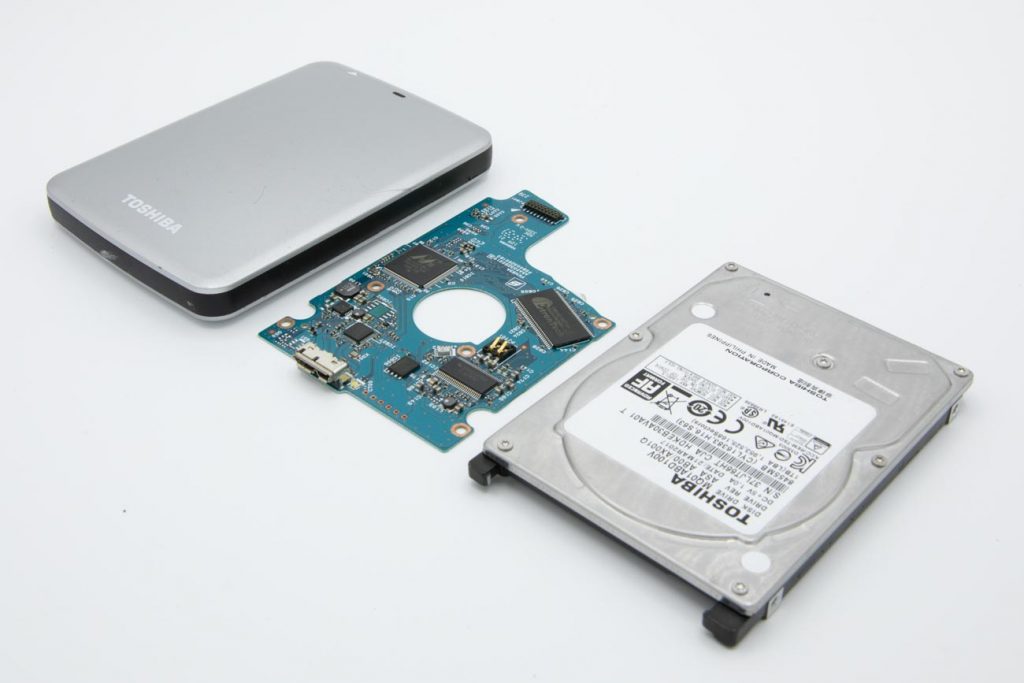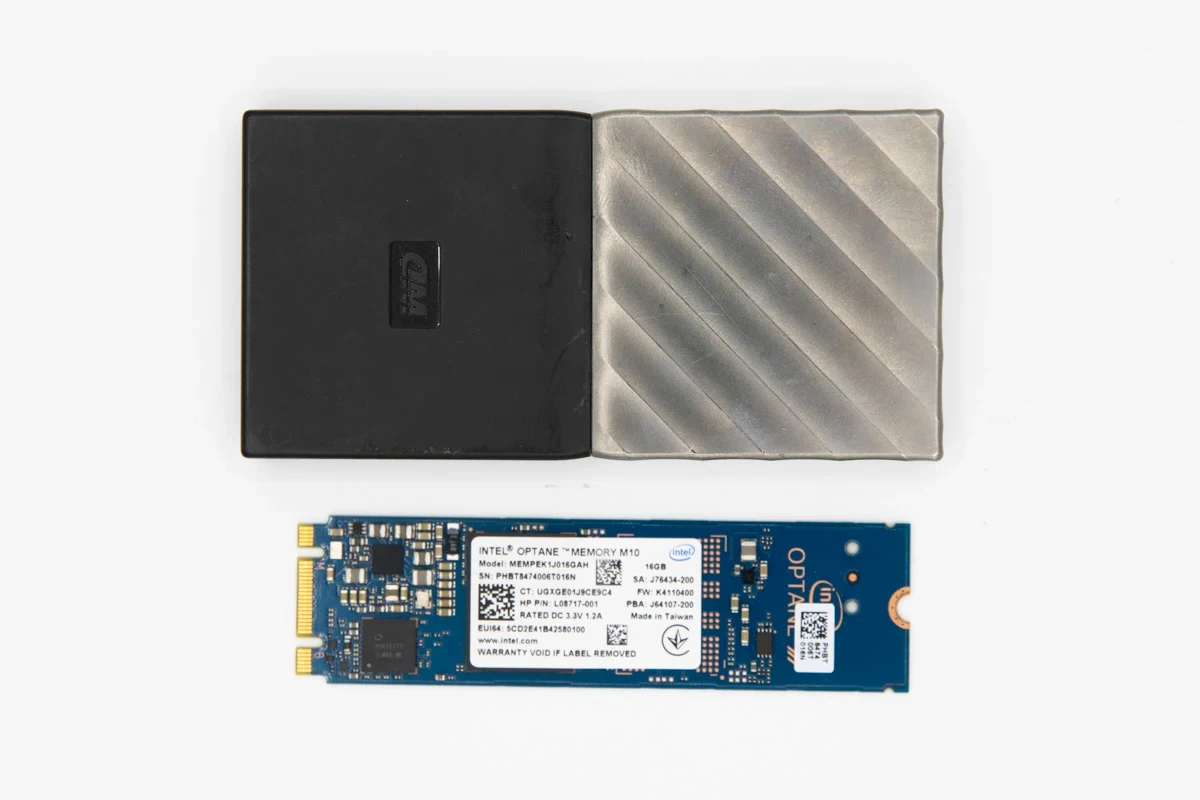“SSD not recognized” is a common issue many computer users face. It can be frustrating, especially when accessing important files. However, some troubleshooting steps can resolve the issue.
In this blog post, we will delve into what causes the “SSD not recognized” issue. Moreover, we’ll explore several potential solutions to this problem.
PC not recognizing SSD - Common Causes
Is the PC not recognizing SSD? Here’s what you can do. Start by checking the connections to ensure they’re secure. Try giving your computer a restart and check if that makes a difference. If not, try updating your drivers or checking for compatibility issues. You may also need to check BIOS settings or seek professional help.
Common Causes of PC not recognizing SSD:
- Faulty or Loose Connections: Sometimes, the SSD is not recognized because the connections are faulty or not securely fitted.
- Outdated Drivers: If your SSD drivers are outdated, your PC might fail to recognize the SSD.
- Compatibility Issues: The SSD may not be recognized if it isn’t compatible with your PC’s motherboard.
- Incorrect BIOS Settings: Sometimes, the BIOS settings may need to be adjusted to recognize the SSD.
- SSD is Not Initialized: If the SSD is new and not initialized, the PC may not recognize it.
- Damaged SSD: If the SSD is damaged or has reached its lifespan, it might not be recognized.

- Malfunctioning Operating System: A corrupted or malfunctioning Operating System could also prevent the SSD from being recognized.
- Conflict with other Hardware: Sometimes, other hardware in your PC could interfere with the SSD’s recognition.
- Drive without a Letter – If your PC has not assigned a letter to the SSD, it will not recognize it.
- SSD is Marked as Hidden – If you accidentally mark it as hidden, your PC won’t recognize it.
- Solid-State Drive is Not Formatted – If you don’t format the SSD, your PC won’t recognize it, and you’ll need to format it first.
- Malware or Virus Infection – A virus or malware infection on SSD could also cause your PC not to recognize the SSD.
Computer not recognizing SSD - Troubleshooting Tips
“Computer not recognizing SSD” is a challenge that can disrupt your regular workflow. This issue can arise from various causes, from simple loose connections to complex problems involving your operating system or BIOS settings.
Understanding the causes is the first step toward successful troubleshooting. Once you’ve identified the cause, you can take appropriate steps to resolve the “computer not recognizing SSD” issue.

Here are a few troubleshooting tips to get you started:
- Check all connections and ensure they’re secure.
- Try restarting your computer.
- Update your drivers or check for compatibility issues.
- Adjust BIOS settings if necessary.
- Initialize and format the SSD if it’s new.
- Scan your computer for malware or viruses.
- Seek professional help if needed.
SSD not Recognized in BIOS - Detailed Troubleshooting Steps
If the BIOS does not recognize your SSD, it could be due to various reasons. Here are some detailed troubleshooting steps you can follow to resolve this issue:
Check the SSD Connection
Ensure you properly connect your SSD to your computer. A loose or wrong connection can prevent the BIOS from recognizing the SSD. Ensure that you fit the cables properly into the correct ports.
Update Your BIOS
An outdated BIOS can fail to recognize newer SSDs. Check for BIOS updates from your PC manufacturer’s website and follow their instructions to update your BIOS.
Check the SSD’s Compatibility with Your PC
If your computer does not support your SSD, the BIOS will not recognize it. Refer to your PC manufacturer’s documents or online resources to confirm compatibility with your SSD.
Change the BIOS Setting
Sometimes, you may need to change the BIOS setting to make your computer recognize the SSD. You can switch the SATA mode to IDE or AHCI, depending on what your system supports.
Initialize and Format the SSD
If your SSD is new, it might not be recognized because it hasn’t been initialized or formatted. Use Disk Management to initialize the SSD and format it.
Consider SSD Health
If your SSD is damaged or failing, the BIOS might not recognize it. Use an SSD health check tool to assess the condition of your SSD.
Recover Data and Replace the SSD if Necessary
If your SSD is damaged beyond repair, you might want to recover the data (if possible) and replace the SSD.
If all these solutions fail, it could be that your SSD is severely damaged and needs professional attention. In such scenarios, you might consider a reputable data recovery service like PITS Global Data Recovery Services.
We are well-versed in handling SSD data recovery and have expertise in recovering data from various storage devices in various conditions. With our prompt service and advanced recovery techniques, we could be your best bet to retrieve your important data from an unrecognizable SSD.
BIOS not recognizing SSD - What to Do Next?
If you’ve tried troubleshooting the “bios not recognizing SSD” issue and it persists, you can try a few more things before seeking professional help.
- Try using a different SATA port or cable.
- Check if your computer’s power supply has enough power to support the SSD.
- Reset your BIOS settings to default.
- Update your computer’s chipset drivers.
- Check for any firmware updates for the SSD.
If none of these steps work, it may be time to seek professional assistance from companies like PITS Global Data Recovery Services.

PITS can also help with data recovery if needed. Remember to always back up your important data regularly to prevent loss in case of any hardware failures. It’s also a good idea to keep your computer and all its components updated to avoid compatibility issues in the future.
Frequently Asked Questions
Why does my computer not recognize my new SSD?
Your new SSD might not be recognized if it is not properly connected, initialized, or formatted. Also, compatibility issues with your PC might be another reason.
How can I get my BIOS to recognize my SSD?
You can ensure the SSD is properly connected, update your BIOS, check the SSD’s compatibility with your PC, and change the BIOS settings. If your SSD is new, initialize and format it.
Can outdated drivers cause my SSD not to be recognized?
Yes, if your SSD drivers are outdated, your PC might fail to recognize the SSD. Updating your drivers can often resolve this issue.
What do I do if my SSD is not recognized in Disk Management?
If your SSD is not recognized in Disk Management, you might need to check the SSD’s health, try using a different SATA port or cable, or update your computer’s chipset drivers.
Can a virus or malware cause my SSD not to be recognized?
Yes, a virus or malware infection can hinder your SSD’s proper functioning and prevent it from being recognized by your computer.
How important is it to back up my data?
It’s crucial to back up your important data regularly to prevent loss in case of any hardware failures.
